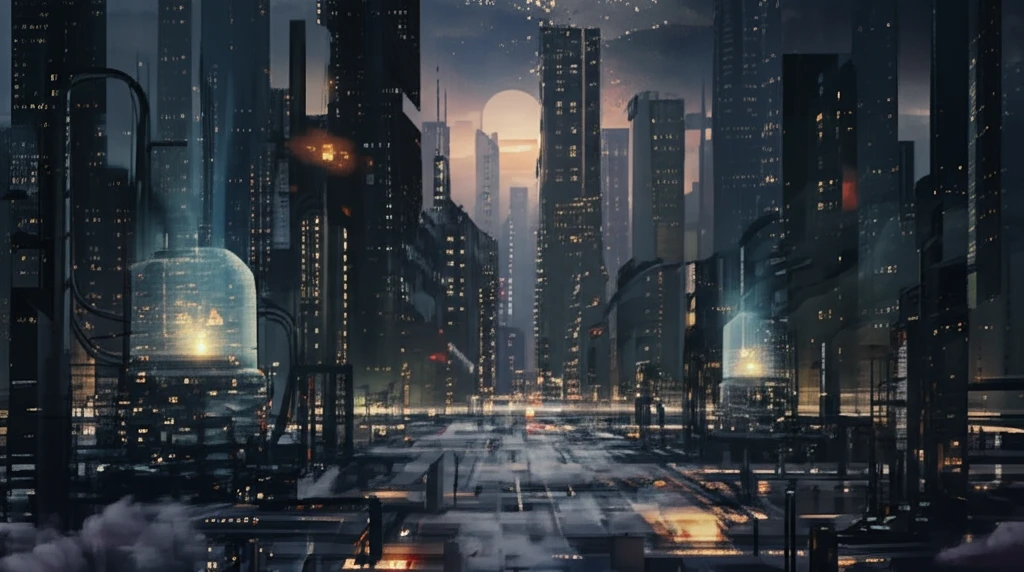
Small Modular Reactors: The Future of Nuclear Energy?
"Exploring the potential, challenges, and innovative designs of Small Modular Reactors (SMRs) for a sustainable energy future."
As the world grapples with the urgent need to reduce carbon emissions and secure reliable energy sources, nuclear power is once again being considered as a viable option. However, the traditional large-scale nuclear power plants are fraught with challenges such as high construction costs, long lead times, and complex safety concerns. Enter Small Modular Reactors (SMRs), a promising alternative that could revolutionize the nuclear energy landscape.
SMRs are compact, factory-built nuclear reactors designed to generate electricity in the range of up to 300 MW per unit, significantly smaller than traditional reactors. Their modular design allows for easier scalability, reduced construction time, and enhanced safety features. The UK Small Modular Reactor (UKSMR) program, for example, aims to develop an SMR tailored for the UK energy market, addressing the growing demand for secure, low-carbon power.
This article explores the potential of SMRs, examining their innovative designs, modularization strategies, and the challenges that lie ahead. We'll delve into the different configurations, design processes, and the economic factors that will determine the widespread adoption of this groundbreaking technology. Join us as we uncover how SMRs could shape the future of nuclear energy and contribute to a sustainable energy future.
What Makes Small Modular Reactors Different?

Traditional large-scale nuclear power plants often face significant hurdles due to their size, complexity, and the need for extensive on-site construction. SMRs offer a compelling alternative by shifting much of the construction process to a controlled factory environment. This approach brings numerous advantages:
- Simplified Design: SMRs incorporate fewer components, making them easier to assemble and maintain.
- Minimal On-Site Assembly: The majority of the assembly work is done in the factory, reducing the need for extensive on-site construction.
- Economies of Mass Production: Standardized designs enable mass production, lowering costs through economies of scale.
- Serial Production: SMRs can be serially produced, leading to further cost reductions and improved efficiency.
- Lower Cost of Capital: The reduced construction time and factory fabrication lead to lower capital costs compared to large-scale nuclear plants.
The Future of SMR Technology
Small Modular Reactors represent a promising path forward for the nuclear energy industry. By embracing modularization, factory fabrication, and innovative designs, SMRs have the potential to provide a safe, reliable, and cost-effective source of low-carbon energy. Further research and development, along with supportive government policies, will be crucial in unlocking the full potential of this transformative technology and paving the way for a sustainable energy future.
